I'm sure we've all been in the room with “that” someone that needed a filter. And while we could lament quite a while on those situations, the filters we're referring to have a positive impact on our photography! A lens filter. There are times when they are helpful. Then there are times when they are needed.
There are 3 types of filters that I always have in my bag when I'm doing landscape photography. These include 1) circular polarizers, 2) neutral density filters and 3) graduated density filters. Each serves a helpful purpose in enhancing our images at the time of capture. The featured image above and below were captured with polarizers during bright sunlight.
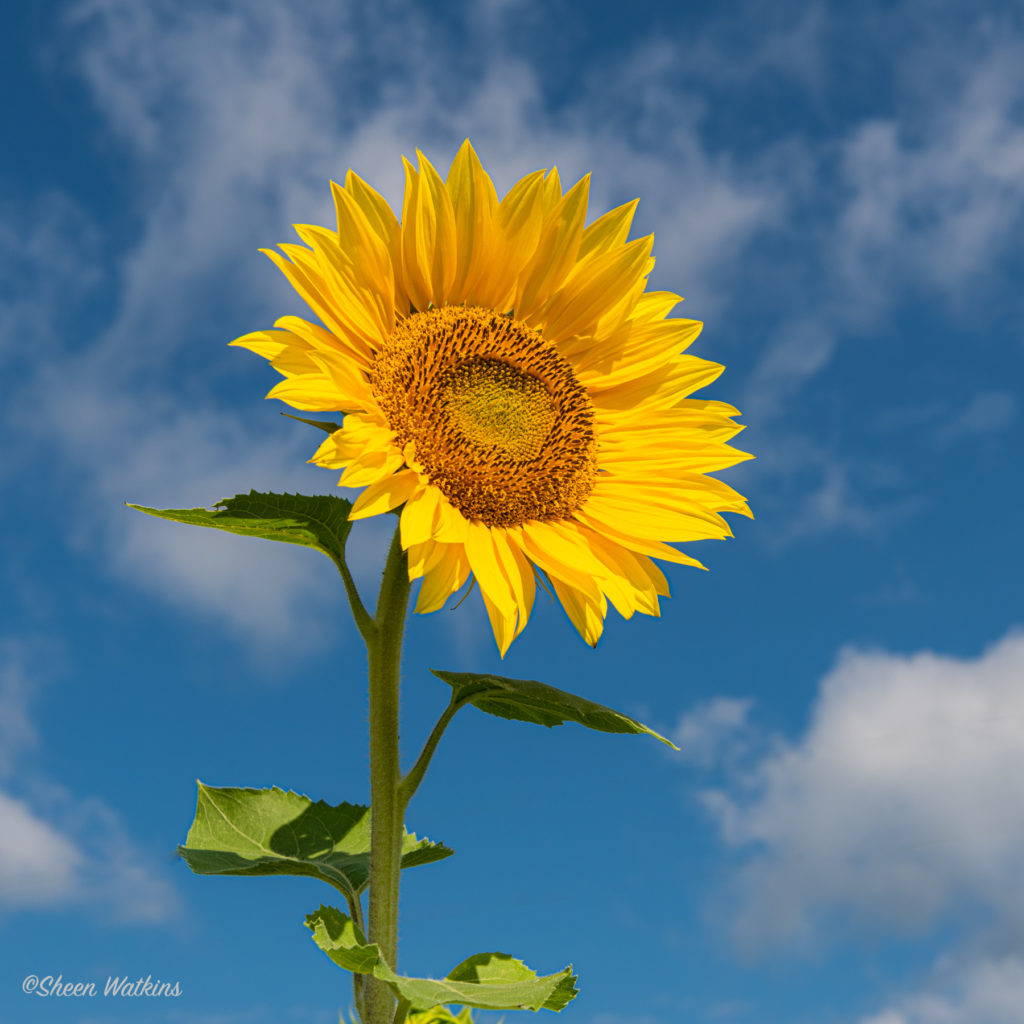
Circular Polarizer
A go-to tool in our camera bag, a circular polarizer is commonly compared to sunglasses for your lens. Consider what happens when you look through polarized vs. non-polarized sunglasses side by side. Colors and details that are flat with a non-polarized pair of sunglasses have more intensity with a polarized pair.
The same holds true with our cameras. Pop on a polarizer and colors become more intense, more saturated. Clarity and details are more visible. Glare from bright lights is significantly reduced.
A polarizing filter also reduces harsh rays and lights during the brighter hours of the day. What may appear washed out, turns into a bright, colorful image. Skies become bluer, clouds have more fluff, more detail.
The amount of saturation is adjusted by rotating the filter. Saturation of the colors of the sky, trees, waters, etc. increases or decreases as the filter is rotated.
To photograph colorful water reflections, leave the filter off. To photograph what's under the water, a circular polarizer will take away a significant amount of glare.
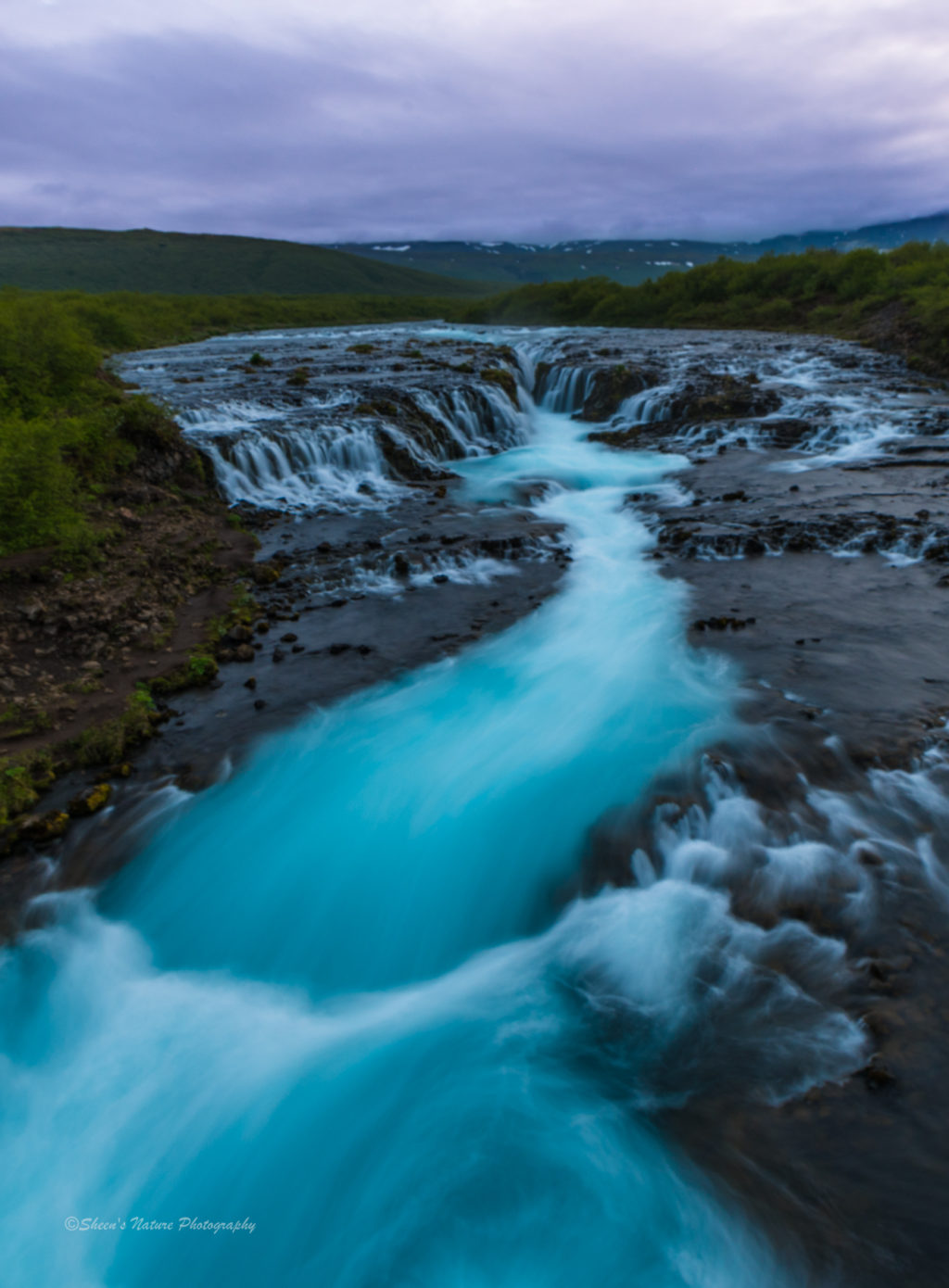
Neutral Density
Photographers use neutral density filters to turn powerful waterfalls to dreamy, milky, water. Clouds and blowing trees become buttery with movement. Neutral density filters bring artistry and gentle softness to your images.
Neutral density filters also allow for slower shutter speeds at wide apertures. This enables us to use our aperture settings of choice creatively in brighter conditions.
A neutral density filter is like sunblock for your sensor, with a little creativity added in. They're constructed of grey glass which doesn't change the color of the light or subject.
Neutral density filters are available in multiple strengths ranging from the equivalent to one stop of light and greater. The darker the glass, the less amount of light passes through your lens to the sensor. The darker the glass, the slower the shutter speed.
Tripods, a remote shutter release or using your in-camera shooting delay by a couple of seconds are a must-have for sharp images.
When using darker neutral density filters in lower light conditions, the following steps may be helpful: 1) focus on your subject before placing the dark glass on your lens; 2) once your focus is set, switch your lens to manual focus to prevent your camera from refocusing 3) switch your camera to manual shooting mode to better control shutter speed.
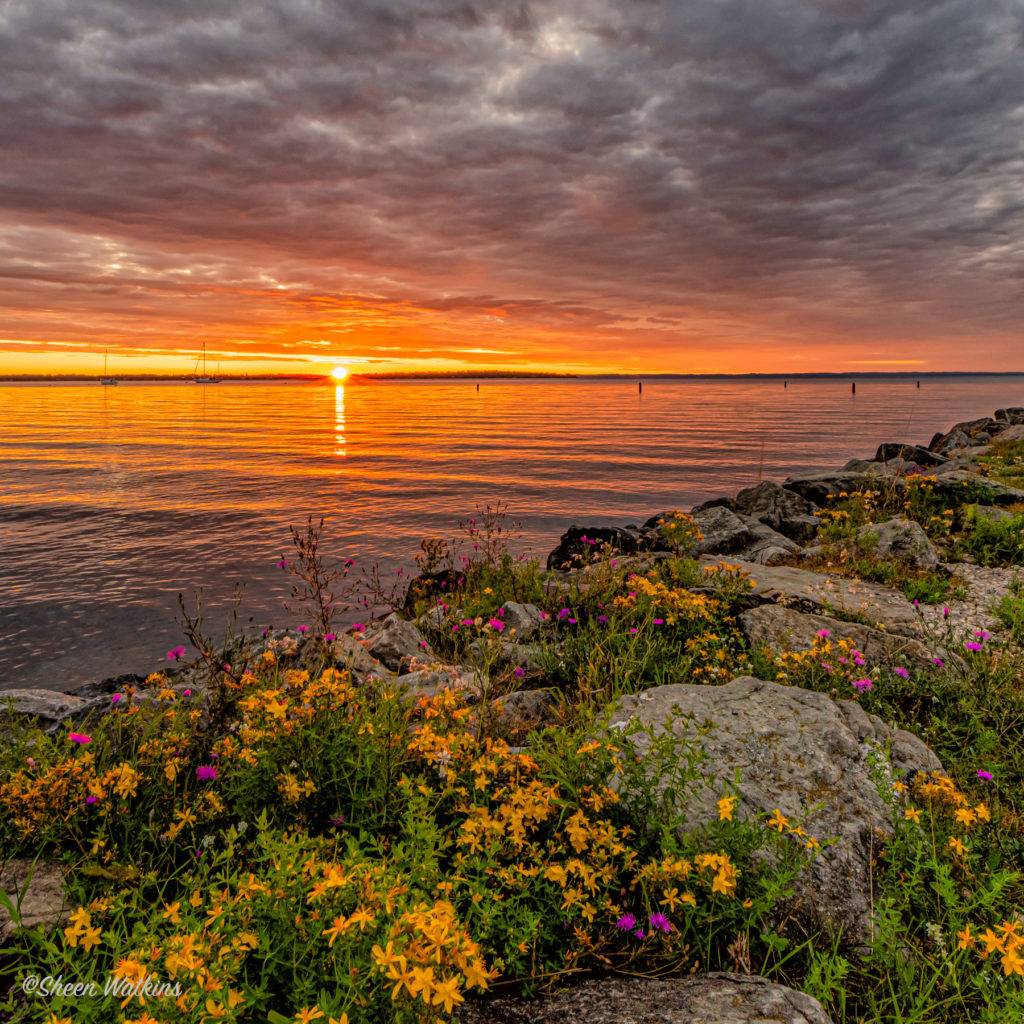
Graduated Neutral Density
A graduated neutral density filter is part clear glass and part neutral density. Grads help balance and manage high contrast lighting.
The ‘graduated' effect can be soft (referred to as soft edge), where it gradually fades from clear to dark grey glass. The soft edge filter is optimal where isn't a clear horizon line between the light and dark area.
There are also medium and hard grads where the change between light and dark is more evident. These filters are used to provide balance when working with high contrast situations such as a bright sky and dark foreground. The clear glass is positioned over the dark area and the darker grey over the brighter area.
Considerations: Size and Brands
When selecting a filter for your lens, you'll need to select filters that are the same size as your lens. For example, my 24-70mm 2.8 lens filter size is 82mm. Since this is the lens I use the most for landscapes, I purchased all three filters for this lens.
Brand choice is personal. Checking out the reviews on your retailer's website is never a waste of time. Filters are an investment that you'll use over and over again.
Getting Started With Filters
Using filters takes a bit of practice, but the results are worth it. Taking the time to experiment in multiple conditions will expedite the learning curve and your success.
Further Reading:
- When to Use A Polariser v When To Use An ND Filter
- A Quick Guide To Understanding ND Filters
- How To Go From Dull To Dramatic Skies – Why You Should Be Using A Graduated Filter
- Avoid These Common Mistakes With Polarisers
- How To Use A Neutral Density Filter For Daytime Long Exposures
- A Fan of the Great Outdoors? Here are the BEST Filters for Great Landscapes
- How to Make Your Long Exposure Photography Rock By Using ND Filters

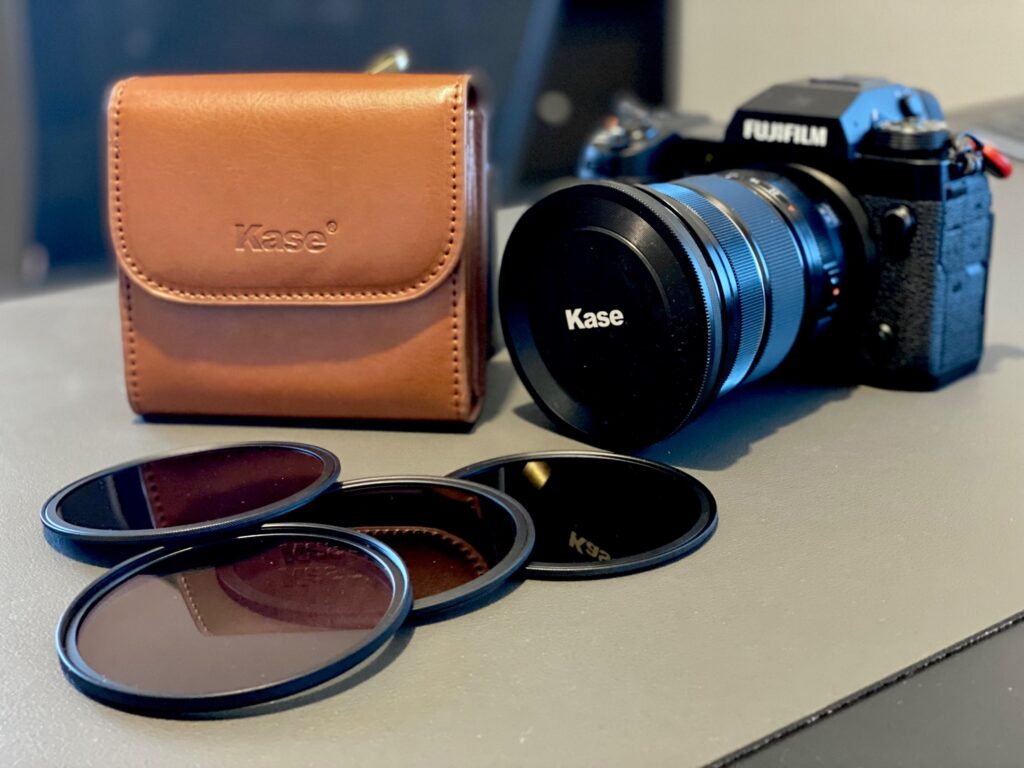
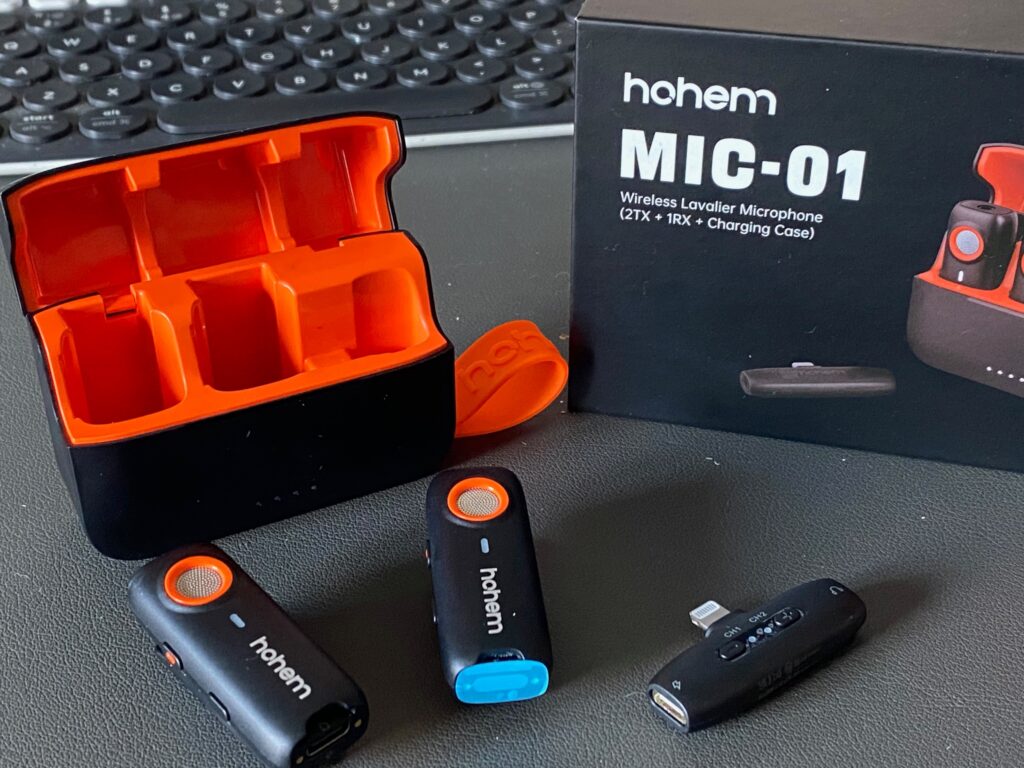
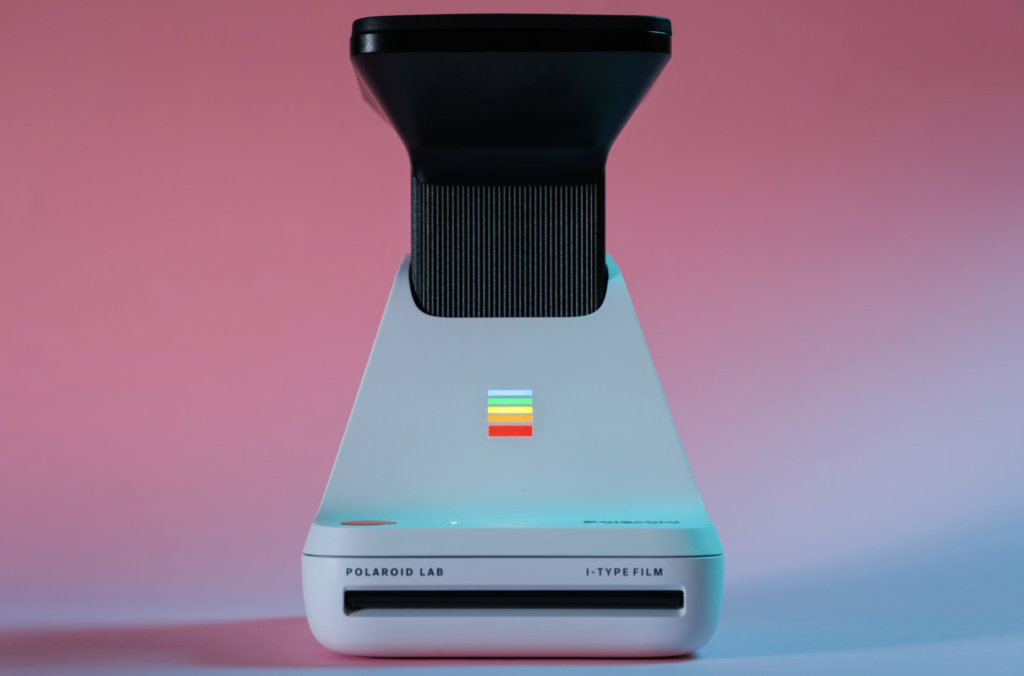

1 Comment
Circular polarizers can cause nasty blotches in the sky and ruin your shot. There is a very slight, almost un-noticable one in the center of the sky in that top shot. Always check for that before leaving.. it sucks when you don’t notice until you get home; and it can be quite noticeable under many conditions.